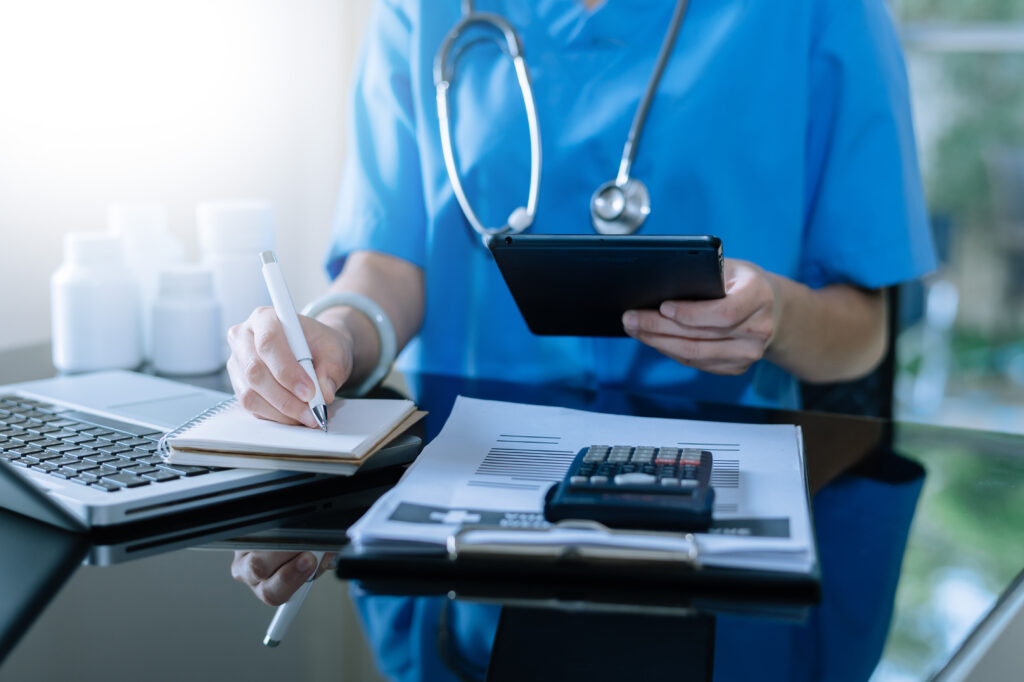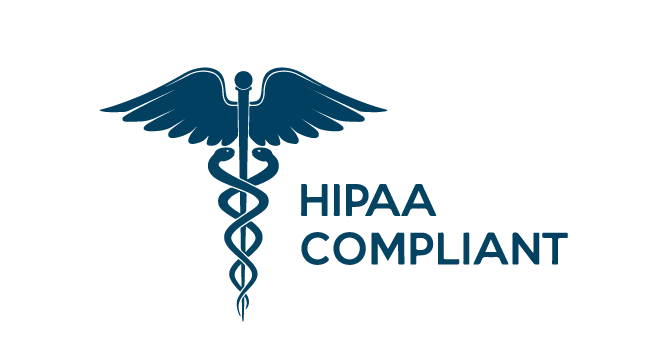A consistent and stable revenue source is required to run a cost-effective, efficient medical practice. However, if your charging efforts aren’t optimized for success, that will be difficult to achieve. Medical billing errors affect your practice, whether they result in late payments, denials, patient complaints, or even missed productivity. Error elimination is vital to your bottom line, so consider the most prevalent medical billing challenges and develop tactics to avoid them from affecting your revenue cycle management

Up/Overcoding and Undercoding.
Upcoding error occurs when a higher-level service is billed than what was actually performed, resulting in higher reimbursement. These inaccuracies are frequently deliberate and are deemed a fraud. Under-coding is the practice of reporting less expensive medical services than were actually done.

Denied claims.
If a claim request is submitted inaccurately and errors are discovered before it is analyzed the insurance company will reject the claim and refuse to pay the bill as stated. It is then returned with an explanation, and the procedure is repeated. A claim may also be rejected if the payer deems that the operation or fee is not reimbursable. Perhaps there is a violation of the payer-patient agreement, or it is a high-tier medication that is not covered, check to see if the payer provided an explanation of benefits (EOB). A
denied claim can be appealed, but this takes time and can be costly.

Inadequate or lacking documentation.
Sometimes a provider does not offer enough information regarding a procedure, leaving key details out. A claim request may be submitted inaccurately in such situations. unless the coder or biller is able to talk directly with the provider and clarify the issue following up to ensure that all required information was filed and that claims were paid appropriately is beneficial.

Not Using the Highest Level of Coding.
The coder’s task is to code with the highest level of precision possible. This entails extracting as much information as possible from the provider’s medical records and taking correct notes. It also entails understanding the terminology used for both operations and diagnosis. Undercoding or generic coding might result in a claim being rejected or denied



